What if your network could act like an experienced detective, quietly observing everyone’s daily routines and immediately picking up on anything unusual?
That’s the essence of User and Entity Behavior Analytics (UEBA), a concept often highlighted by Gartner as essential in modern cybersecurity. Think of it as a digital investigator who knows what’s “normal” in your network—who accesses what, when, and how—and raises the alarm when something doesn’t fit the pattern.
For example, if a user suddenly downloads a huge amount of sensitive data at midnight or a device behaves oddly in your system, UEBA spots it instantly.
This isn’t just a “nice-to-have” feature; it’s necessary in today’s world of cyber threats, data breaches, and malicious insiders. By leveraging machine learning, behavioral analysis, and advanced analytics, UEBA solutions detect deviations from baseline behavior and alert your team to potential threats before they escalate. It integrates effortlessly with firewalls, SIEM tools, and other security systems to provide real-time threat detection and a stronger security posture.
In this guide, we’ll delve into how UEBA works, its practical use cases, the best UEBA tools available, and key factors to consider when choosing the right system. By the end, you’ll see why UEBA is the unsung hero every network needs to stay secure and compliant.
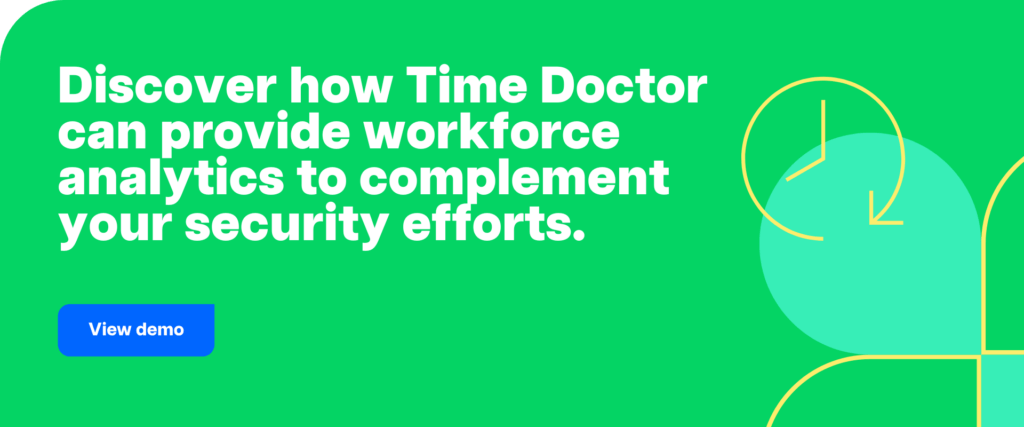
Table of Contents
- What is User and Entity Behavior Analytics (UEBA)?
- Why do companies need UEBA? (7 reasons)
- How UEBA has evolved: from traditional security to advanced analytics
- Top 10 best tools for UEBA
- 12 key factors to consider when choosing UEBA solutions
- Case studies in action
- Take the next step in enhancing your security and efficiency
What is User and Entity Behavior Analytics (UEBA)?
Understanding UEBA
UEBA refers to systems that monitor and analyze user behavior analytics and entity behavior analytics to identify suspicious activity. It establishes a normal behavior for user accounts, devices, and systems, then flags deviations and assigns a risk score to categorize potential cyber threats like malicious insiders, phishing, or zero-day vulnerabilities. This will distinguish routine activity from anomalous behavior that might indicate a threat.
How UEBA works
1.Behavioral analysis and statistical models
- UEBA starts by using data analytics and algorithms to analyze user and device behavior, including authentication attempts and patterns
- It identifies anomalies in network traffic, user interactions, and entity behaviors.
2. Anomaly detection
- Compares observed behaviors against a baseline of what’s considered “normal,” enabling security analysts to focus on high-priority anomalies.
- Flags deviations that could signal suspicious activity or potential threats.
3. Integration with SIEM
- UEBA integrates with Security Information and Event Management (SIEM) systems.
- This provides deeper, more actionable insights into security operations and potential risks.
4. Data collection from diverse sources
- Collects data from endpoint devices, IP addresses, active directories, routers, and more.
- Ensures that no activity or anomaly goes unnoticed.
5. Comprehensive view of the network
- Combines all data sources to offer a holistic view of the corporate network.
- Helps security teams identify and respond to threats faster and more effectively.
Why do companies need UEBA? (7 reasons)
1. Combating insider threats
Not all threats come from hackers outside the organization. Malicious insiders and compromised accounts can wreak havoc by misusing access to sensitive data. UEBA tracks user activity and entity behavior, analyzing the behavior of users to spot unusual actions—like accessing files they’ve never touched before or logging in from unexpected locations. This helps security teams mitigate risks before they escalate.
2. Reducing false positives
Traditional security tools often overwhelm teams with alerts, many of which are irrelevant. This wastes time and can lead to overlooked threats. UEBA solutions refine behavior patterns using advanced analytics, drastically reducing false positives. This allows SOC (Security Operations Center) analysts to focus on genuine security threats without the noise.
3. Adapting to IoT and new threats
The explosion of IoT (Internet of Things) devices and connected systems has created new vulnerabilities. Smart devices, printers, and sensors can be entry points for attackers. UEBA systems monitor these devices, detect intrusion attempts, and adapt to evolving environments, ensuring a secure network even as it grows.
4. Preventing lateral movement
Once attackers gain access, they often move through the network to find high-value targets. UEBA detects lateral movement, spotting unusual patterns like users accessing systems they don’t normally interact with. This helps contain threats early and prevents them from spreading.
5. Supporting compliance and risk management
Regulations like GDPR, HIPAA, and PCI DSS require organizations to monitor and report how sensitive data is accessed and used. UEBA solutions provide the visibility and reporting needed to meet these standards, reducing the risk of penalties and building trust with stakeholders.
6. Enhancing security posture
Organizations need to stay ahead of cyber threats. Using behavioral analysis and real-time threat detection, UEBA tools analyze user entity behavior to help improve overall security posture, giving businesses confidence in their defenses against cyberattacks and malware.
7. Handling complex corporate networks
Modern networks are sprawling, with cloud infrastructure, remote workers, and global connectivity. UEBA provides a centralized view of network traffic, endpoint activity, and active directory behavior, ensuring no unusual activity goes unnoticed, even in large, complex setups.
How UEBA has evolved: from traditional security to advanced analytics
Traditional User Behavior Analytics (UBA) focuses primarily on monitoring user actions through static rules and manual processes, which makes it less effective against sophisticated or evolving threats. However, as cybersecurity threats became more complex, a need for more advanced tools emerged.
This led to the evolution of User and Entity Behavior Analytics (UEBA), which brought significant advancements by incorporating entity behavior, automation, and AI-driven algorithms.
Modern UEBA systems go beyond just monitoring users. They use adaptive learning to continuously update what’s considered “normal” and leverage real-time analytics to detect subtle anomalies and improve intrusion detection accuracy.
Additionally, unlike UBA, UEBA tracks devices, networks, and systems, aligning with modern trends like zero-trust architectures and threat intelligence, offering a more proactive and comprehensive approach to cybersecurity.
Top 10 best tools for UEBA
With the help of Capterra and G2, both trusted and reliable platforms known for their in-depth software reviews and ratings, we’ve carefully selected and reviewed these User and Entity Behavior Analytics (UEBA) tools to help you find the perfect fit for your cybersecurity needs.
This list is not arranged in any specific order, allowing you to appreciate the unique strengths of each tool rather than basing your decision solely on reviews. This approach empowers you to evaluate which solution aligns best with your organization’s goals.
1. Palo Alto Networks
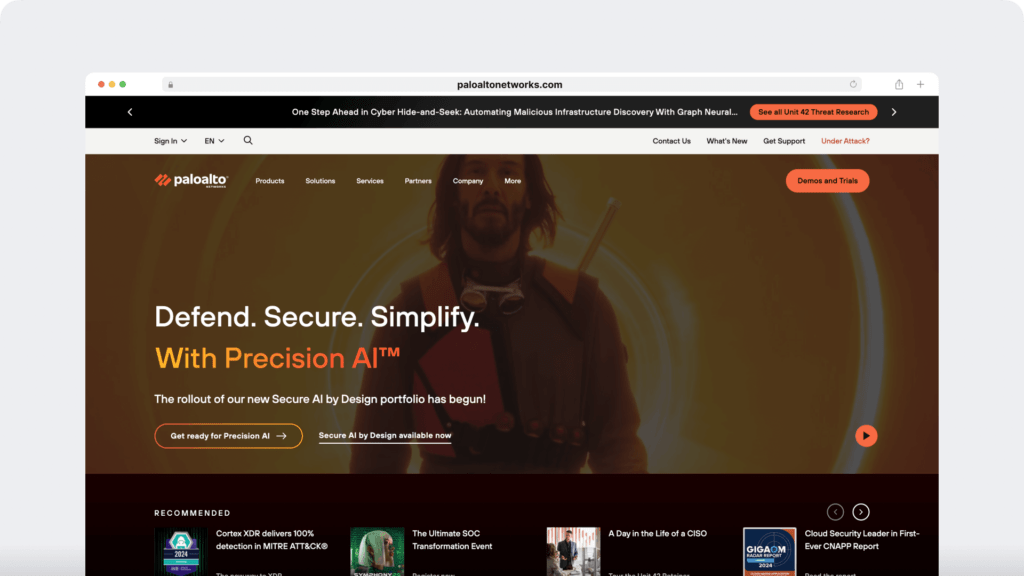
Palo Alto Cortex XDR provides a unified detection, investigation, and response platform, combining UEBA with endpoint and network analytics for comprehensive security coverage.
- Ideal use for
- Enhanced IoT Security: Protects IoT devices and complex networks.
- Real-time threat detection: Identifies and mitigates advanced cyber threats.
- Key features
- Centralized detection for endpoints and networks.
- Advanced threat-hunting tools.
- Integrated threat intelligence for real-time updates.
- AI-powered behavior modeling.
- Pros
- Comprehensive analytics for diverse security needs.
- Unified platform reduces complexity.
- Exceptional scalability for enterprise environments.
- Proactive prevention of malware and ransomware.
- Cons
- High resource demands; costly for smaller teams.
- Capterra rating:
- 4.4/5
2. Securonix Next-Gen SIEM
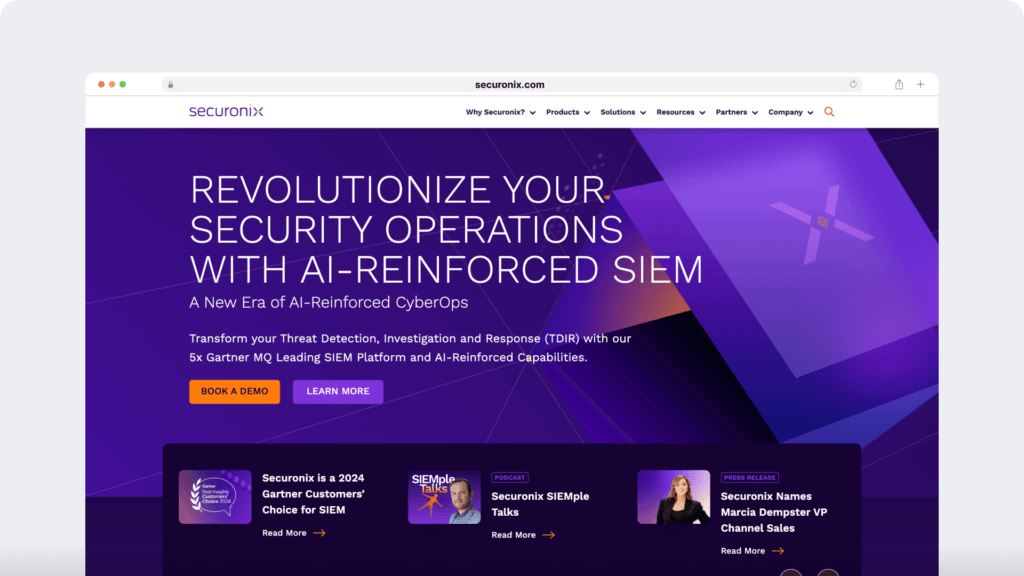
Securonix combines SIEM and UEBA capabilities to deliver real-time threat intelligence and advanced behavioral analysis. Its cloud-native design ensures scalability for modern enterprise environments.
- Ideal use for
- Real-time threat detection: Monitors for phishing, malware, and zero-day attacks.
- Enhanced IoT security: Secures IoT ecosystems with detailed behavior analytics.
- Key features
- AI-driven behavioral analytics.
- Integration with diverse data sources.
- Cloud-native architecture for seamless scalability.
- Advanced reporting and threat visualization tools.
- Pros
- Excellent for large-scale environments.
- Real-time detection with minimal latency.
- Intuitive interface for quick adoption.
- Scalable for hybrid and cloud networks.
- Cons
- Setup can be resource-intensive.
- G2 rating
- 3.9/5
3. IBM Security QRadar

IBM Security QRadar combines UEBA and SIEM into a comprehensive platform, offering centralized threat intelligence and advanced anomaly detection for enterprise networks.
- Ideal use for
- Compliance support: Generates detailed reports to meet regulations.
- Combating insider Threats: Monitors user behavior and entity activities.
- Key features
- Integrated UEBA with SIEM for centralized monitoring.
- Advanced correlation rules for tailored threat detection.
- Threat intelligence integration for real-time updates.
- Scalable architecture for enterprise use.
- Pros
- Advanced analytics and detailed reporting.
- Real-time alerts and automated workflows.
- Wide integration with third-party tools.
- Regular updates with cutting-edge security features.
- Cons
- High setup cost and complex configuration.
- Capterra rating
- 4.5/5
4. Exabeam Advanced Analytics
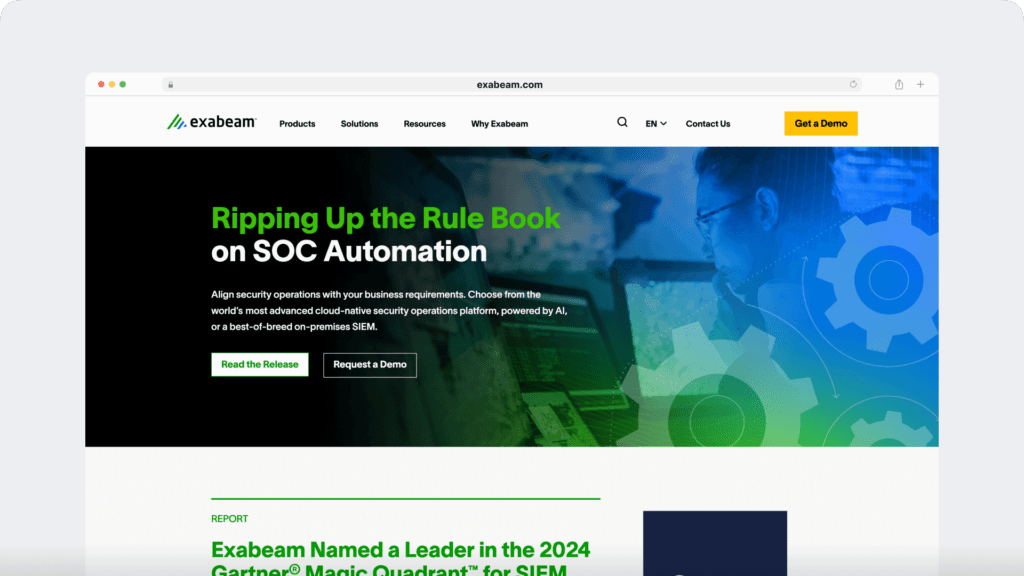
Exabeam Advanced Analytics focuses on UEBA and integrates with SIEM platforms to enhance incident detection and response. It uses machine learning to track user and entity behavior over time, identifying subtle anomalies and suspicious behavior.
- Ideal use for
- Preventing lateral movement: Tracks internal threats before they spread.
- Adapting to IoT and new threats: Monitors complex, hybrid networks.
- Key features
- Behavior analysis and anomaly detection.
- Automated investigation and threat prioritization.
- Seamless SIEM integration.
- Advanced reporting for compliance and security.
- Pros
- Excellent for SOC teams requiring deep insights.
- Strong SIEM compatibility.
- Scalable for enterprise needs.
- Cons
- Costly for small businesses; setup requires skilled administrators.
- Capterra rating
- 5/5
5. Varonis DatAdvantage
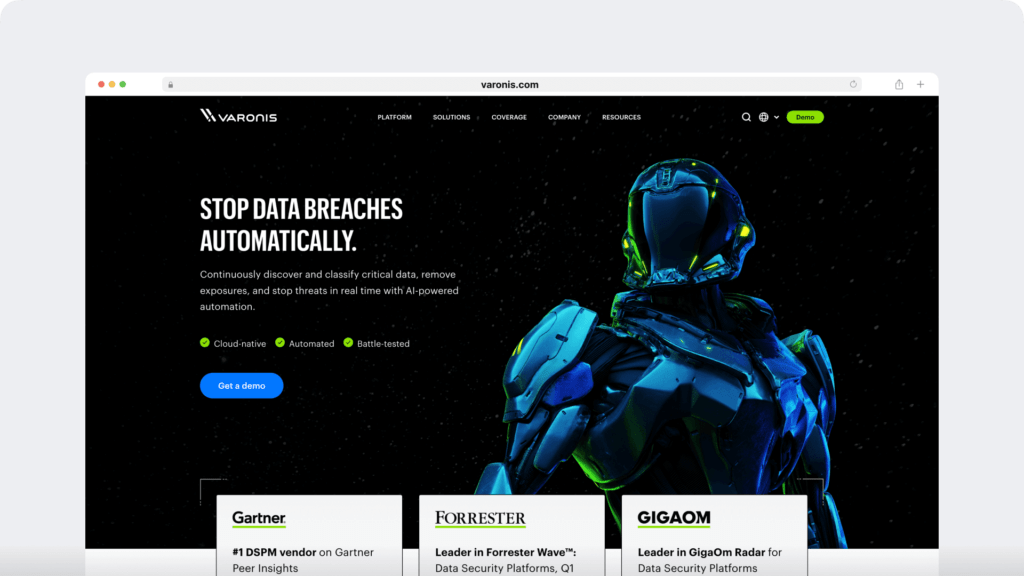
Varonis DatAdvantage monitors sensitive data and user access, providing detailed insights for industries with strict compliance requirements like healthcare and finance.
- Ideal use for
- Compliance and risk management: Ensures regulatory compliance.
- Insider threat detection: Detects unauthorized access to sensitive data.
- Key features
- Tracks access to sensitive data and file permissions.
- Automated risk scoring for abnormal user behavior.
- Detailed visibility into data repositories.
- Real-time alerts for unusual activities.
- Pros
- Outstanding for data-centric environments.
- Excellent compliance reporting tools.
- Intuitive dashboards for security insights.
- Scales well for medium to large enterprises.
- Cons
- High cost; complex for small businesses.
- Capterra rating
- 4.2/5
6. OpenText UEBA
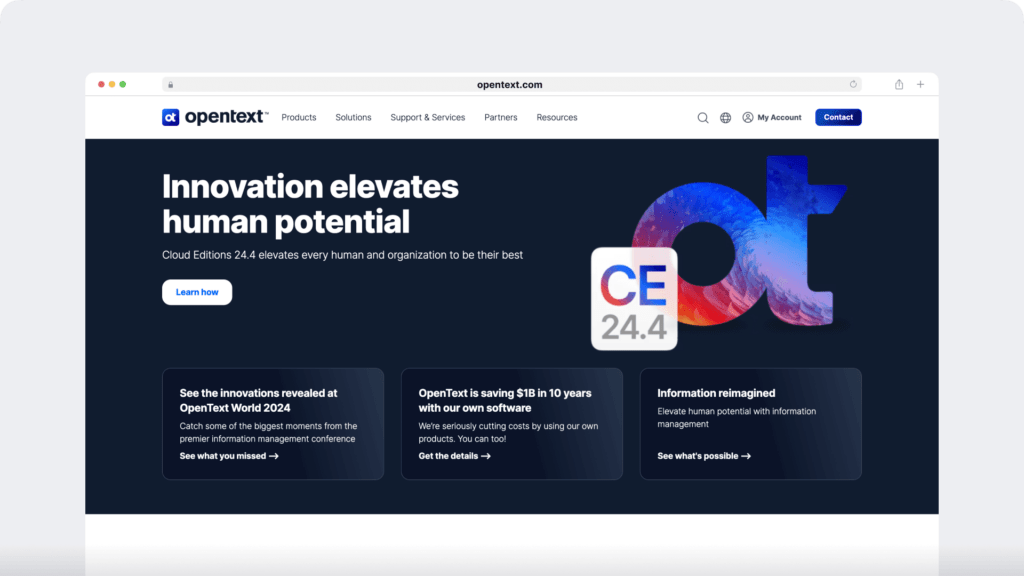
OpenText UEBA offers a lightweight, cost-effective solution for real-time monitoring of user and entity behavior. It is designed for small to medium businesses seeking to enhance security with minimal setup.
- Ideal use for
- Compliance support: Ensures adherence to GDPR and HIPAA.
- Insider threat detection: Tracks and alerts on unauthorized user actions.
- Key features
- Real-time monitoring of user behavior.
- Anomaly detection for faster threat response.
- Scalable architecture for growing businesses.
- Easy-to-use reporting tools for compliance needs.
- Pros
- User-friendly interface for quick deployment.
- Affordable for SMBs.
- Strong focus on compliance and risk management.
- Cons
- Lacks advanced features for large enterprises.
- G2 rating
- 4.1/5
7. Microsoft Sentinel

Microsoft Sentinel is a cloud-native solution that integrates UEBA seamlessly with Azure. Its real-time analytics and machine learning capabilities provide deep insights into network and user behavior, making it a powerful solution for cloud-first organizations.
- Ideal use for
- Reducing false positives: Automates alert prioritization for SOC teams.
- Adapting to IoT and new threats: Comprehensive monitoring for cloud environments.
- Key features
- AI-driven anomaly detection and behavior modeling.
- Extensive integration with Microsoft and third-party tools.
- Automated playbooks for rapid incident response.
- Scalable architecture for organizations of all sizes.
- Pros
- Seamless integration with Azure.
- Highly scalable and customizable.
- Strong analytics with a user-friendly interface.
- Cost-effective for Microsoft-centric businesses.
- Cons
- Requires expertise with Azure; not ideal for non-Microsoft ecosystems.
- Capterra rating
- 4.5/5
8. Splunk User Behavior Analytics
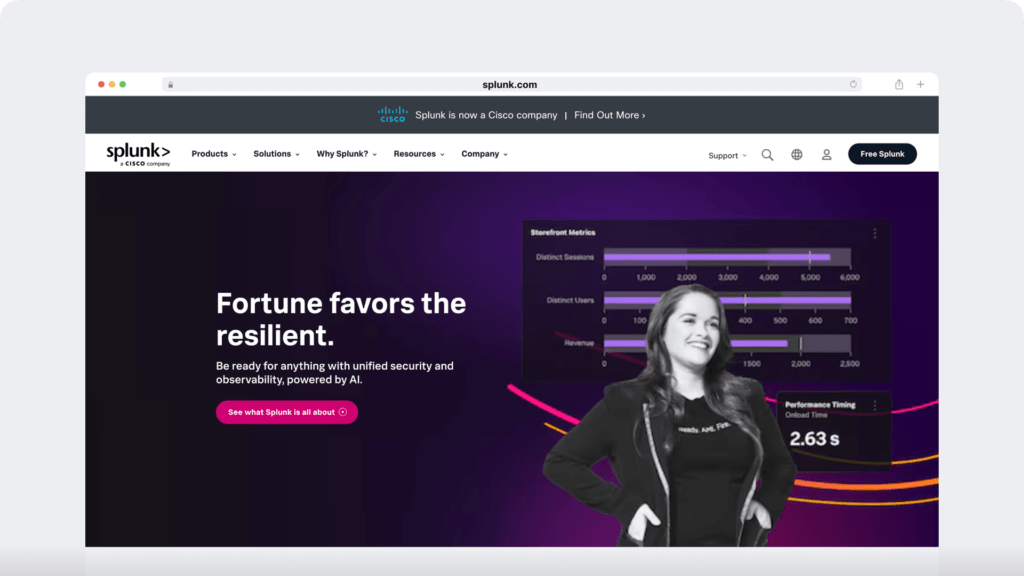
Splunk’s UEBA module uses machine learning and statistical modeling to monitor behavior patterns and detect anomalies, making it ideal for large, complex corporate networks.
- Ideal use for
- Reducing false positives: Customizes alerts for accurate monitoring.
- Handling complex corporate networks: Scalable for large organizations.
- Key features
- AI-driven behavior modeling and anomaly detection.
- Advanced dashboards for data visualization.
- Seamless integration with Splunk SIEM.
- Highly customizable workflows and analytics.
- Pros
- Exceptional analytics and visualization capabilities.
- Scalable for growing network demands.
- Advanced reporting for SOC teams.
- Strong support resources and community.
- Regular updates to enhance functionality.
- Cons
- High licensing costs; steep learning curve for new users.
- Capterra rating
- 4.6/5
9. Rapid7 InsightIDR
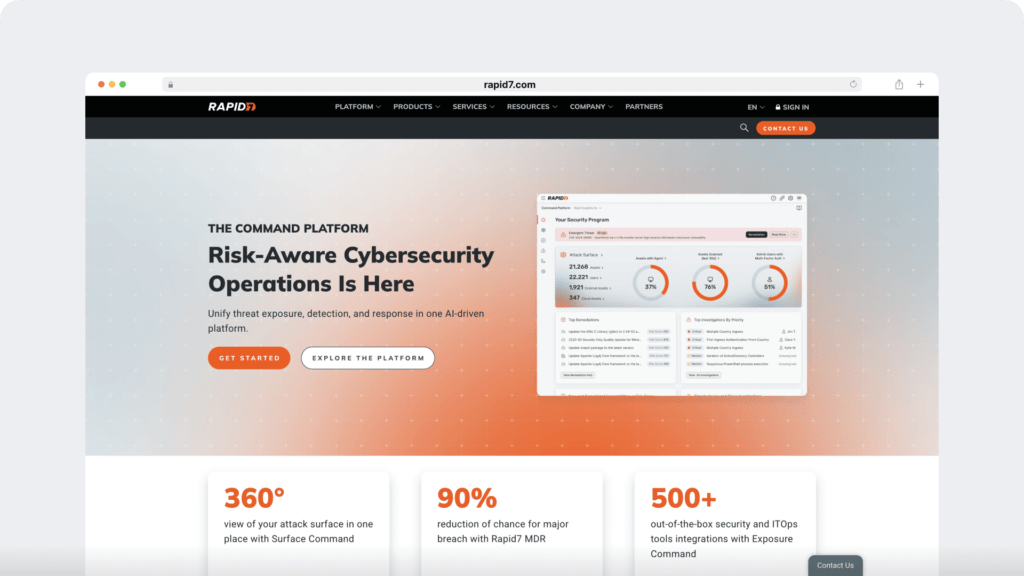
Rapid7 InsightIDR provides a straightforward and intuitive platform for UEBA, focusing on endpoint monitoring and insider threat detection. It’s ideal for organizations seeking quick deployment and user-friendly functionality.
- Ideal use for
- Insider threat detection: Tracks unauthorized actions by employees.
- Reducing false positives: Simplifies monitoring with optimized alerts.
- Key features
- Endpoint monitoring with real-time behavioral analysis.
- Pre-built detection rules for faster deployment.
- Automated responses to anomalies for quick mitigation.
- Cloud-native design for easy scalability.
- Pros
- User-friendly interface.
- Easy deployment and cost-effective for mid-sized teams.
- Strong endpoint monitoring capabilities.
- Built-in automated responses.
- Cons
- Limited scalability for large enterprises; fewer advanced features.
- Capterra rating
- 4.3/5
10. Fortinet FortiInsight
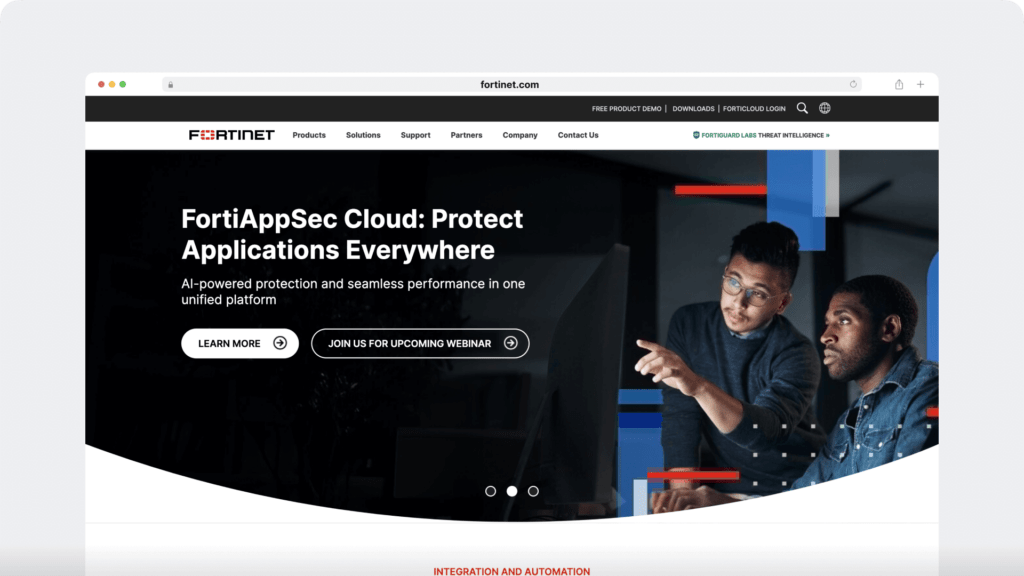
Fortinet FortiInsight is a lightweight UEBA tool for small and medium businesses, focusing on insider threat detection and compliance management. Its user-friendly design and affordability make it ideal for teams with limited resources.
- Ideal use for
- Insider threat detection: Tracks and alerts on suspicious user actions.
- Compliance and risk management: Helps smaller organizations meet regulatory requirements.
- Key features
- Real-time monitoring and behavior analytics.
- Lightweight architecture for easy deployment.
- Integration with other Fortinet security solutions.
- Pros
- Easy to deploy and use.
- Affordable for smaller businesses.
- Quick integration with existing infrastructure.
- Minimal resource requirements.
- Real-time alerts for quick response.
- Cons
- Limited advanced features; not suitable for large-scale operations.
- Capterra rating
- 4.5/5
12 key factors to consider when choosing UEBA solutions
Finding the right User and Entity Behavior Analytics (UEBA) tool doesn’t have to be overwhelming. Here are some simple but important things to keep in mind to make sure the solution fits your needs:
1. Does it work well with what you already use?
Make sure the UEBA tool can easily connect to the systems you already have, like firewalls, SIEM tools, and endpoint protection. A solution that “plays nice” with your setup saves time and helps you get the most out of your current tools.
2. Can you make it your own?
Look for a solution that lets you adjust settings, like alert rules, to monitor the behavior of specific users and match how your organization works. This way, you’re not flooded with alerts you don’t need, and the tool focuses on what’s important to you.
3. Does it fit your industry?
Think about your industry’s needs. For example, if you’re in healthcare, you might need features that help with compliance. If you’re in finance, fraud detection could be a priority. The right tool should address the challenges that matter most to you.
4. Is it easy to use?
Choose a tool with a simple, clear interface. Your security team should be able to quickly see alerts, analyze data, and generate reports without a steep learning curve. An intuitive dashboard makes everyone’s job easier.
5. Does it stay ahead of threats?
Look for tools that connect to global threat intelligence. This ensures you’re always updated on the latest cyber risks and can adjust your defenses before threats become problematic.
6. How smart is it?
Check how advanced the tool’s machine learning is. The better it can spot unusual activity, the less time you’ll spend dealing with unnecessary alerts or, worse, missing real threats.
7. Will it grow with you?
Your business might grow or add more devices. Make sure the tool can handle more data and keep up with your expanding needs without slowing down.
8. Does it save you time?
Automation is a must! Look for features like automated responses to threats and pre-set workflows. This helps your team respond quickly and efficiently, even when things get busy.
9. Is it good for compliance?
Check if the solution helps with data privacy regulations like GDPR, HIPAA, or PCI DSS. Not only does this keep you out of trouble, but it also builds trust with your customers.
10. Will the vendor support you?
Make sure the company behind the tool offers great support, like training, updates, and troubleshooting help. A good vendor will grow with you and help you maximize your investment.
11. How much does it really cost?
Don’t just look at the price. Think about ongoing costs, like maintenance, training, and upgrades. Make sure the value the tool brings to your security is worth the total cost.
12. What do other people say?
Check reviews on platforms like Capterra and G2 to see what others think. Real-world feedback can give you insights into how the tool works and whether it’s as good as it sounds.
Case studies in action
UEBA solutions are transforming security across various industries. For example, banks use this cybersecurity solution to spot unusual account activity and prevent fraud. In the healthcare sector, UEBA flags unauthorized access to patient records, ensuring sensitive data stays protected, and compliance with privacy laws like HIPAA is maintained.
Moving to retail, companies use UEBA to detect compromised vendor accounts, safeguarding their supply chains from potential attacks. In large enterprises, UEBA reduces false alarms and uncovers insider threats in complex networks, making security teams more efficient. Similarly, educational institutions rely on UEBA to block phishing attacks, creating safer online environments for students and staff.
Finally, UEBA monitors IoT devices in manufacturing to prevent cyberattacks that could disrupt operations. These examples highlight how UEBA adapts to each industry’s unique challenges, making it a powerful tool for modern security.
Conclusion
User and Entity Behavior Analytics (UEBA) is more than just a tool for cybersecurity—it’s a smart way to stay ahead of ever-changing threats. By using advanced analytics and monitoring user behavior, UEBA helps organizations quickly detect unusual activities and respond to potential risks before they escalate.
Beyond enhancing security, UEBA also offers insights that can improve team performance and operations. For instance, integrating tools like Time Doctor can complement UEBA by providing a clear view of productivity and normal work patterns. This added context helps security teams distinguish between real threats and harmless anomalies, creating a more efficient and accurate security process.
As organizations face increasingly complex threats, combining UEBA with tools that enhance operational visibility and team management ensures a more assertive, balanced approach. By investing in the right mix of tools, you’re protecting your network and future-proofing your business for success in a rapidly evolving digital landscape.
Take the next step in enhancing your security and efficiency
Ready to take your organization’s security and operations to the next level? While UEBA provides unmatched insights into potential threats, combining it with tools that enhance productivity and track regular activity, like Time Doctor, can create a powerful balance. Together, these solutions help you stay secure, efficient, and prepared for whatever challenges come your way.

Liam Martin is a serial entrepreneur, co-founder of Time Doctor, Staff.com, and the Running Remote Conference, and author of the Wall Street Journal bestseller, “Running Remote.” He advocates for remote work and helps businesses optimize their remote teams.


